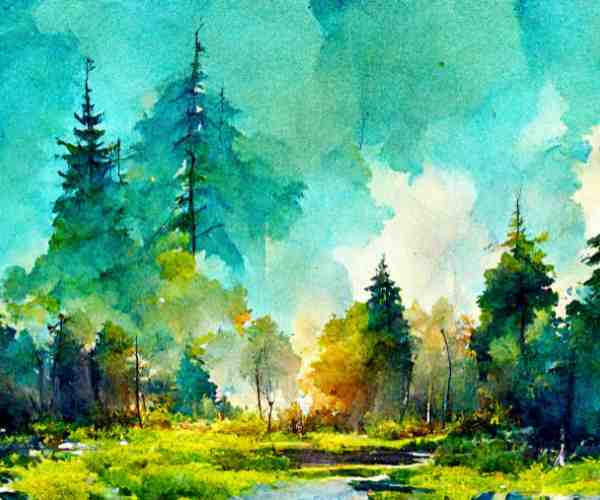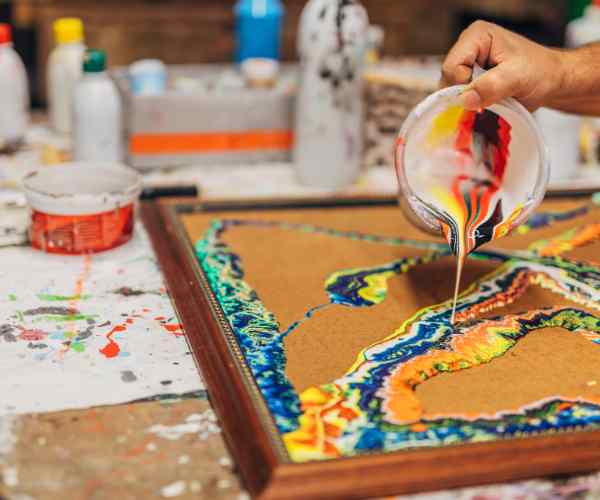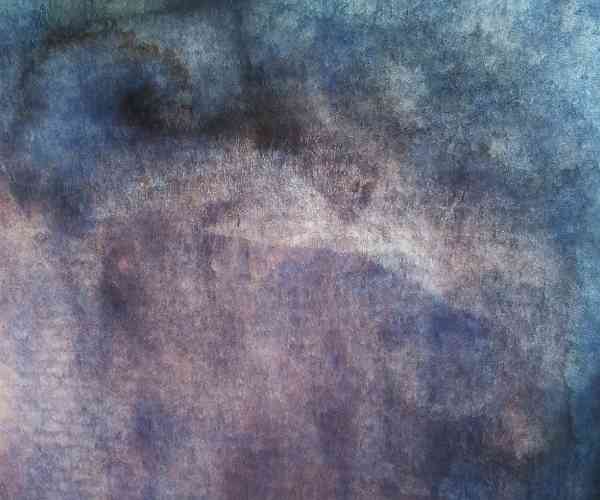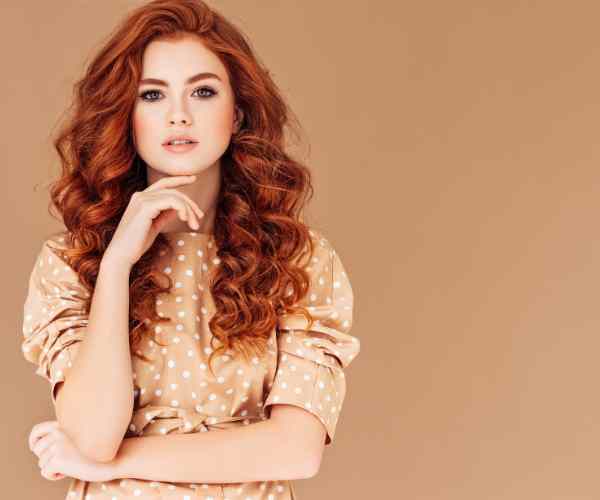I have a vivid memory of the first time I came across an abstract painting. I found myself transfixed while feeling somewhat bewildered, there was no single shape or even a natural landscapes instead, a mix and swirl of colors. It was a completely new perspective of viewing the art, challenging the very core idea of beauty and meaning.
This kind of art shifts the focus from utilizing real life objects to techniques of self expression by creating varying colors and irregular geometrical shapes. Now imagine every painting telling you a story, every brush stroke a feeling and every color an emotion, how they set aside a masterpiece from an art lovers perspective, isn’t it fascinating?
Today’s article will shed light on multiple techniques pertaining to abstract painting styles. From the color theory to textures and compositions, this article will combine all the factors needed to help you designs your dreams. So grab your tools, and let’s embark on this new vibrant adventure!
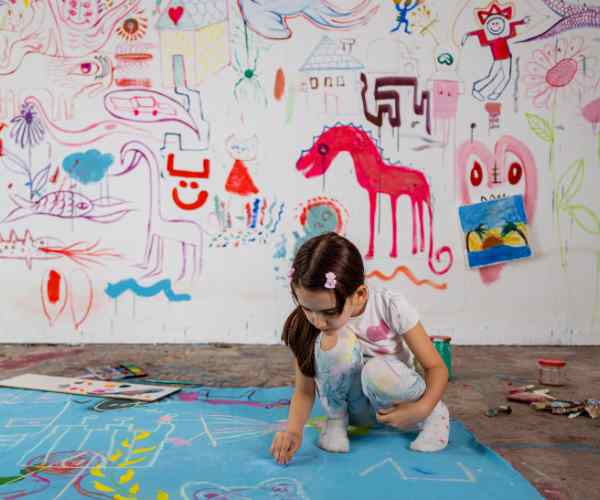
The Essence of Abstract Art
Abstract art is not just a piece to look at, it is an artwork that invites one to join in a conversation between the artist and the viewer. This artwork offers a different outlook to many as it tends to be open ended.
But before going any further let’s take a closer look at the history of abstract expressionism. One can see how Jackson Pollock and Piet Mondrian were true icons in the way they broke the shackles of traditions and how they advanced into new styles. While Mondrian’s geometric abstraction encapsulates order, Pollock’s drip paintings, flaunts chaos in enlivening emotion.
So pioneering concepts came from these artists which allow us to see more abstract art techniques today. Like these artists made us understand that art does not always need to be a representation of something that depicts reality, but rather It could serve to express an emotion and an idea. This gives meaning and depth to a piece of art.
The Emotional Connection to Abstract Art
One is bound to feel stimulated through abstract art when looked through color, texture and movement.
Mark Rothko is one of the artists that I admire greatly. His paintings are inexplicably captivating. Looking at the vibrant colors on his giant canvases makes me feel a sense of tranquility at times. There is always something deeper to Rothko’s work that can give off a powerful emotional resonance but is at the same time hard to put into words.
Rothko’s use of color is distinct; it is layered and glowing, which reminds people that abstract forms hold great significance in our lives. Each stroke of the brush has a conversation with the spectator, and each brush encourages individuals in the audience to remember specific feelings and memories. It is a great healing process, especially when the sentiment is sometimes more important than the mouth, and there are no more words or barriers of culture.
Key Elements of Abstract Art
For instance, Rothko believes that abstract art begins with an appreciation of colors like red, green, black and yellow while Rothko’s works are also modern. But he recognizes these elements as important in drawing comprehension when abstract art is made. Colors can evoke specific emotions while shapes can be utilized to portray a composition. Geometric figures for instance give a feeling of rigidity and maintain a sense of order that adds to the piece’s tranquility. Organic shapes on the other hand offer more movement and flow which give off a sense of mystery and enhances the artwork.
Abstract compositions rely on textures to enhance the artwork, as they allow the audience to connect with the piece beyond just sight. Depending on their character, textures can convey different meanings, for example, a rough texture can suggest discord whereas a smooth one can impart tranquility and these aspects blend together to create captivating abstract art.
Types of Abstract Art Techniques
Let’s take a closer look at different types of methods that can improve the quality of your abstract pieces.
Abstract art is exceptionally versatile and the many techniques artists can use to create a piece is such a major plus. All expressed feelings are through a technique or a form of some sorts and therefore I suggest trying anything and everything, so here are a variety of techniques for you to select.
Gestural Painting
This style of painting showcases the movements and the flow of the artistic work earnestly
Gestural painting is pretty thrill seeking if you are a person who loves unpredictability. The feeling is very raw as the strokes radiate emotions and rely heavily on my hands for making a mark rather than just a paint brush. The tools I use are not only basic but also varied, it can range from wet paint applications or even a knife for blending.
Consider Jackson Pollock’s staple drip paint—their technique is enabled by a very unique style. It also shows where raw emotion can be expressed through physicality. His method of painting, where dropping and splattering of paint over a canvas is done, horrifies the sense of order, but is exhilarating at the same time. The sensation is so vivid that one would think the energy is radiating from the piece.
Color Field Painting
This method utilizes extensive portions of colors in order to create an experience which captures the audience completely.
Have you tried standing closely to Rothko painting? He is one of the masters of color field painting and those nuances of color sometimes render a person breathless. Rothko and other artists in that category use colors intentionally to incite specific feelings and depth within the viewer.
Through the employment of large panel of colors, these artists simply increases the content engagement and thus invites you even in a deeper context of subtle feeling. It’s an emotional rollercoaster which values how color could actually affect our mental wellbeing.
Mixed Media Approaches
Whether it’s acrylic paints, gold leaf or even bubble wrap, blending is always real fun that might produce impressive results.
About two months ago, I started making use of mixed media for my pieces of work, and I cannot stress enough the opening I have into this new world. The combination of several materials sure creates a delicious intricacy for my work. Think of the idea of adding a gold leaf in an exuberant acrylic paint! Now that’s something to look at!
This composition is made up of core materials that are often embedded to art and that artists encourage their viewers to closely inspect all over the canvas. All the surface that is used serves a purpose to further aid the story of the piece. Additionally you are allowed to add strange items like bubble wrap which adds to the surprise of your art piece.
The Advancement of Technology in Abstract Art
The change in technology has undeniably changed the scenario of abstract art.
As new tools made available for artists came into use, we were offered the chance to utilize varying styles that connect past and modern practices. To me, a whole new world of creativity is opened to me whenever I digitally create pieces of art. The option to ‘control z’, try out different colors and use digital layering is a game-changer for the most.
But nowadays, with programs like Procreate or Adobe Fresco, artists are able to do things such as manipulating shapes and textures that would have been unthinkable a couple of years ago. It is interesting to observe the role technology has in altering the future of abstract painting and attracting a greater number of artists to convey their ideas using different resources.
Practical Tips when Creating Your Own Abstract Art
Art is mostly an exploration, and so is working on the abstract technique, and I would love to share some of the recommendations with you. For a professional artist or one who is just starting these concepts would enable you to work on abstract methods while stretching your creativity.
Finding Your Style
Different types of abstract drawings and compositions exist, where it is possible for the artist to choose those that appeal to him or his vision.
While I was still new at working with abstract art, it was easy to draw my pieces since it felt like treasure hunting for me to figure out my personal style. There was too much variation that it offered. On a particular afternoon, I felt like investigates different compositions which deepened my appreciation for love to various abstract artists, it was both on and offline.
This exploring began with shapes in the form of basic 2d geometric shapes, circles, squares triangles and many others, different arrangements of them and later on I also discovered that I was fond of organic shapes. The free form shapes gave my pieces a sense of flow which made things feel more animated and unrestricted.
Don’t be shy trying out the nuances. Put together your preferred colors together and see how they mix. Notice how different forms may appeal to you more than others. Don’t hesitate to include textures as well. This kind of trial and error will help you develop your own style that expresses who you are and your perspective as an artist.
Mistakes are Harmless, Mistakes are Helpful
Every artist has their share of issues, and often, those issues are faced due mistakes.
Talking about mistakes, let’s talk about mistakes because let’s get real- mistakes are your best friends! There was a situation long ago when I was working on a painting, sketched on canvas and the painting got stained with a paint cup that I accidentally splashed on it. All I could think was, this is the end for the painting. But, while trying to save it, something incredible happened. As a result, I was able to mix colors and textures that I wouldn’t have dared to try otherwise.
That stunning painting is a beautiful testament to how failure and the acceptance of it can allow us to expand our creativity. A significant number of artists recount bearing witness to these happenings. Mark Rothko himself frequently toyed with unsuccessful color combinations, which resulted in some of his deep masterpieces.
With that said, the next time you goof up, do not panic at all! All it takes is self acceptance. Make a use of it as a chance to delve into other avenues and concepts. Chances are you may discover a technique or style which you may love.
Final Thoughts
To reiterate, studying abstract art techniques enables you to explore your inner self. It is a process of discovering oneself, experimenting and growing.
Anyway, I would suggest you take on the challenge of your art journey head on. To create good abstract paintings let go of preconceptions, and innovative techniques and materials. Remember that ther is something about art that is great, it is its ability to communicate your ideas and feelings through a different medium.
What are your experiences in working with abstract art? You can come out and tell the stories you have discovered and all that entails it. Let us appreciate together the feelings and the ability to express them that this form of art gives.

